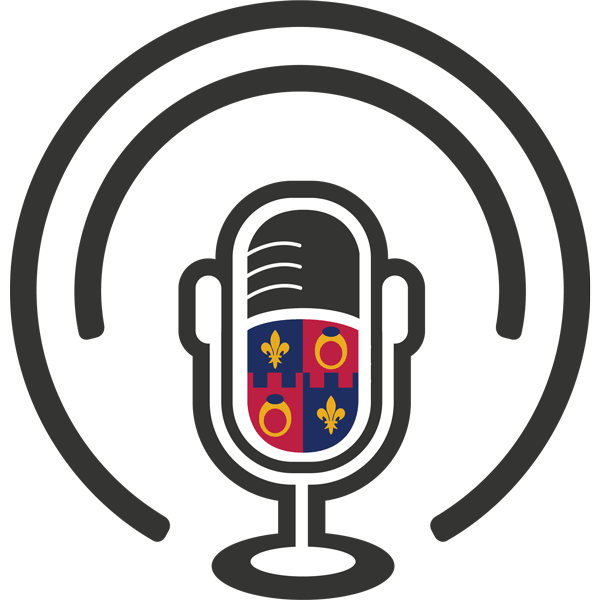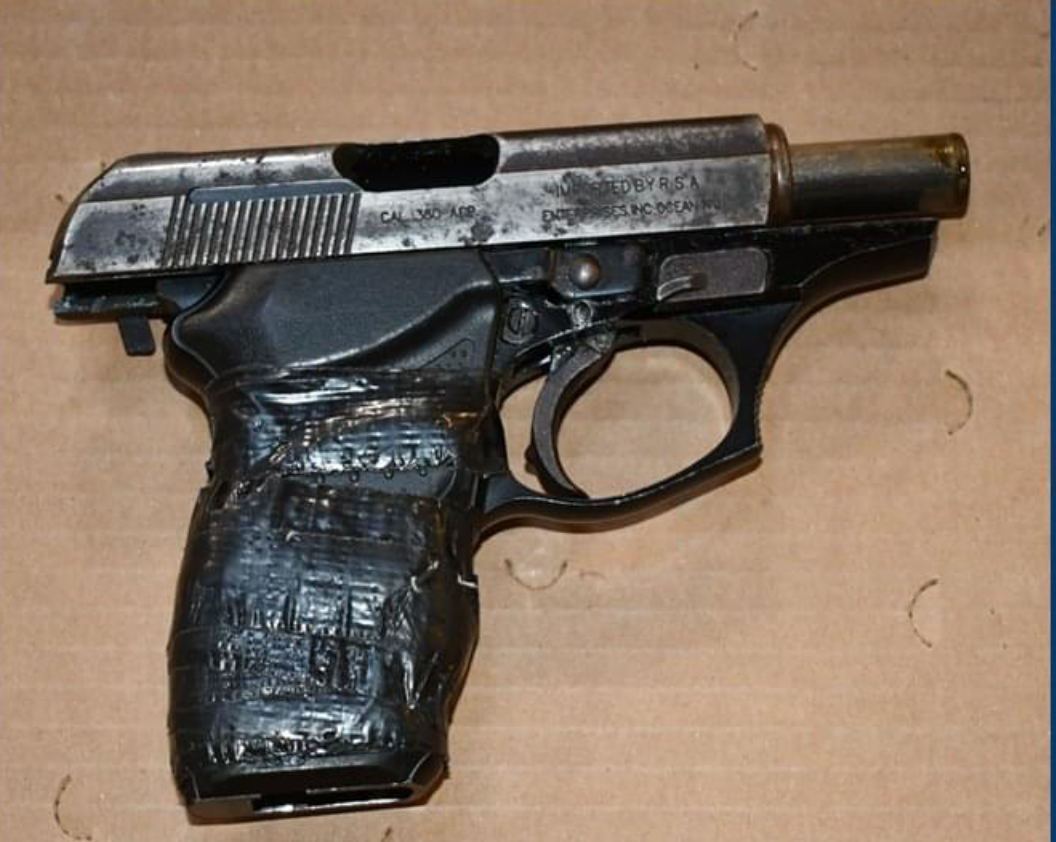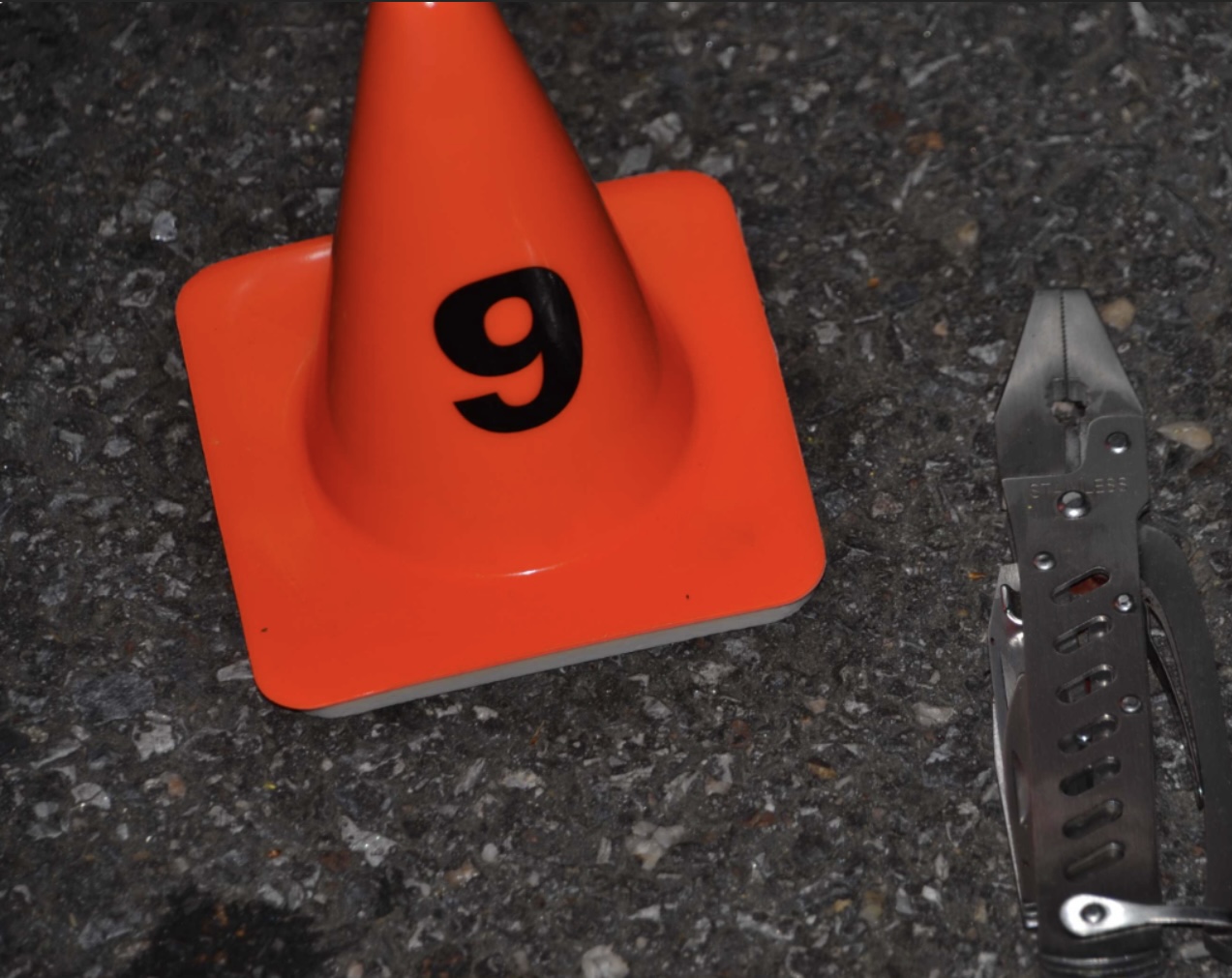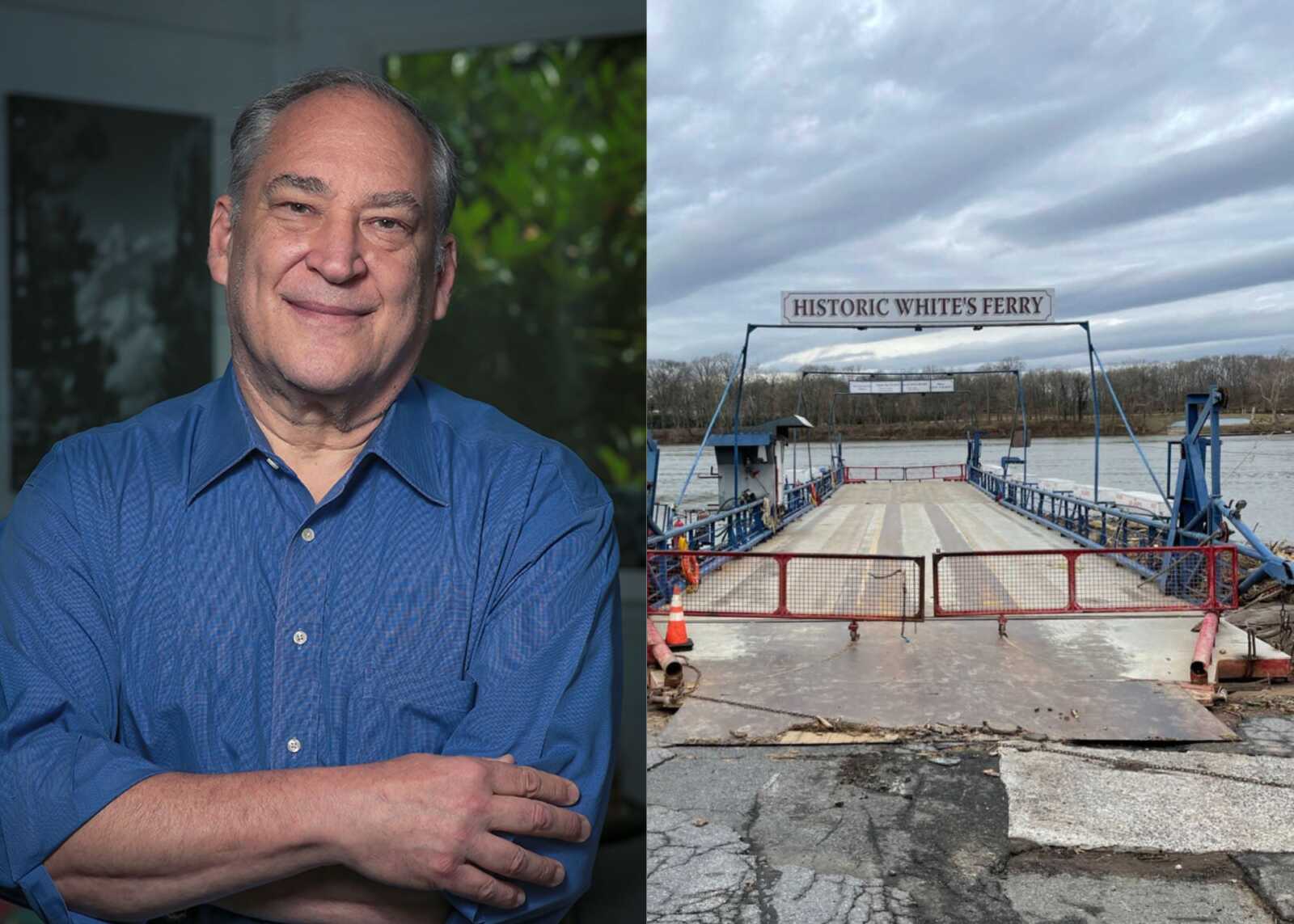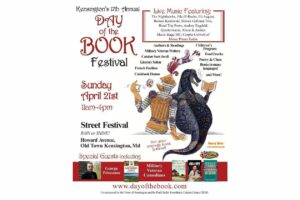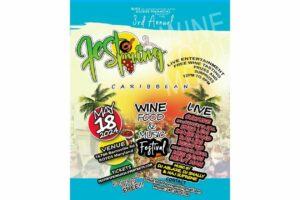Researched and Written by Sharyn Duffin (Part 1 available here)
In Part 2 of African-American Education in Rockville, courtesy of Peerless Rockville, Sharyn Duffin looks at the desire for education and the establishment of black schools in Rockville and Montgomery County.
Desire for Education: Schools in Rockville
Congress enlarged the mission of the Freedmen’s Bureau in July 1866 to encourage and help finance efforts of freedmen, philanthropists, and states to engage in the education of blacks. The freedmen knew education was the path to economic and political independence that gave real meaning to their newfound freedom. Rutherford’s reports document advancements and challenges in establishing black schools in Rockville and Montgomery County. There was a school in Rockville as early as 1866. The Washington Evening Star reported on June 25 of that year that the teacher “was obliged to close the school on the 22nd owing to the inability of people to support it.”
The following month, Daniel Brogden and Solomon Williams appealed to the Freedmen’s Bureau for assistance in recovering from John Mortimer Kilgour funds they had collected and entrusted to him in 1858. The men argued that the money was “much needed by the Colored people to assist in securing a church and school.”
In October 1866, Rutherford reported a large school in operation at Sandy Spring, and “efforts are being made, with good prospects of success, for the establishment of a school in Rockville.”
To bolster these prospects, in February and March of 1867, twenty Rockville black men pledged to support a school by taking responsibility for money “as may be necessary to pay the board and washing [laundry] of the teacher and to provide fuel and lights for the Schoolhouse.”
Between the February 1867 petition and June 1867, a school operated in Rockville in the basement of the Methodist Episcopal Church. Rutherford noted that a Mr. Janney of the Baltimore Association for Moral and Educational Improvement of Colored People, who furnished the teacher, made “great objection” to it because it was “damp and ill suited to the purpose.” The church was the only large building accessible to the black community; hence the only place to house the school short of constructing one. Rutherford promised the Bureau’s assistance if the community decided to build one.
In July 1867, the Freedmen’s Bureau tracked down Kilgour, who had moved out of state. Some of the money, $18.50 (modern value about $300) was recovered and returned to the black community. The receipt for the return of the money was signed by Henson Norris and Hillary Carroll of the Rockville Colored School Board and witnessed by Daniel Brogdon and Solomon Williams.
Buoyed by the recovery of their meager funds and the promise of assistance from the Freedmen’s Bureau, school trustees purchased 1⁄2 acre of land on August 31, 1868 from a black woman named Mary Brashears for the sum of one dollar. The land was conveyed to school trustees “for the purpose of erecting, or allowing to be erected thereon, a School House, for the use, benefit, and education of the colored People of Montgomery County forever.”
The seven school trustees included four men who had signed the petition to support the school: William H. Kelley, Solomon Williams, William Baker, and Israel Butler. The other school trustees were Daniel and John Brogden, and Andrew Davis. Butler and Davis were younger than the rest of the trustees, and both were Civil War veterans.
The trustees informed the Freedmen’s Bureau that Israel Butler would collect the building materials. The location described on the deed places the lot about where the “Col’d School” is shown on the 1879 G.M. Hopkins Atlas map above. Most accounts say the school was built in 1876; however evidence strongly suggests the trustees constructed a school earlier.
A semi-annual report on schools for freedmen in 1870 quoted Daniel Brogden on his efforts to establish a school:
Daniel Brogden, once a slave, now eighty-two years of age, who bought himself “because he wanted a free hour to die in,” is now trustee of a colored school in Rockville, Maryland. Being asked if he had an education, “only what I got behind de plow-tail—stole it, like.” “How was that, uncle?” Why, when children gwine to school I goes up to de fence, git little lesson from dem in de book—give chile hen egg for it, you see.” In this way he learned to read his Bible. And the old man said: “If I git de school going in Rockville, I gwine to go and study, too.”
After public schools for black children were mandated in Maryland in 1872, existing colored schools were frequently incorporated into the school system.
In 1876, the Montgomery County Board of School Commissioners approved $600 to purchase a lot for a school in Rockville. William Veirs Bouic, who had successfully contested Mary Brashear’s ownership of the lot in 1870, sold it to them. The deed does not indicate the presence of a building.
It is clear that classes were held somewhere. There are records of payment to Ellen Watts for teaching from September 1869 to June 1870. Watts was listed as a teacher living in Rockville on the 1870 census. Moreover, on that census, at least thirty-three black children, many related to the signers, were recorded as attending school. The 1869 report by the Freedmen’s Bureau Supervisor of Education for Maryland lists 10 African American schools in Montgomery County, including Rockville.
To be continued.
Recent Stories
17th Annual Kensington Day of the Book Festival
Now in its 17th year, the Kensington Day of the Book Festival is a family-friendly street festival featuring 150+ renowned authors, poets, and literary organizations. Enjoy live music on five stages, special guest speakers, military veteran writers and comedians, poetry readings, cookbook demos, children's program, and much more.
Admission is free, and attendees will also be able to explore a marketplace of books and food offerings from local vendors.
Not your average book festival! This festival offers something for everyone!
17th Annual Kensington Day of the Book Festival
Sunday, April 21, 2024, 11am-4pm (held rain or shine!)
Howard Avenue, Kensington, MD 20895
www.dayofthebook.com
Instagram: @kensingtonbookfestival
Contact: Elisenda Sola-Sole, Festival Director
301-949-9416 (text preferred)
FEST OF SPRING Caribbean Wine Food & Music Festival
Get ready to experience the vibrant colors, tantalizing flavors, and infectious rhythms of the Caribbean at the FEST OF SPRING Caribbean Wine Food & Music Festival! Hosted by RHU LLC, this exciting festival is set to take place on May 18, 2024, at the picturesque 16700 Barnesville Rd in Boyds, MD.
Step into a world where the Caribbean spirit comes alive! From 12:00 PM onwards, immerse yourself in a sensory journey that celebrates the unique culture, cuisine, and music of the Caribbean. Whether you're an African American, a Reggae or Soca music enthusiast, a wine lover, or part of the vibrant Caribbean diaspora, this festival promises to delight and captivate you in every way.
Let the enticing aromas of mouthwatering Caribbean dishes tantalize your taste buds. Feast on traditional delicacies prepared by expert chefs, showcasing the rich and diverse culinary heritage of the Caribbean. Indulge in flavorful jerk chicken, succulent seafood, and delectable plantain dishes that will transport you straight to the islands.
Accompanying the culinary extravaganza is a carefully curated selection of premium wines, ensuring the perfect pairing for your palate. Sip on fine wines from renowned vineyards, each sip a reflection of the Caribbean's vibrant spirit. Discover new flavors, expand your wine knowledge, and savor unforgettable moments with every glass.
As the sun sets, get ready to groove to the infectious rhythms of Caribbean music. Feel the pulsating beats of reggae, soca, dancehall, and calypso, moving your body to the lively melodies. Live performances by talented musicians and performers will keep the energy high, ensuring a night of unforgettable entertainment.
Don't miss this opportunity to embrace the Caribbean spirit and celebrate the arrival of spring in style! Tickets are available on AllEvents, so secure your spot today. Join us at the FEST OF SPRING Caribbean Wine Food & Music Festival, where cultures collide and unforgettable memories are made.
LIVE PERFORMANCES By: CULTURE Feat. Kenyatta Hill, EXCO LEVI, IMAGE BAND, RAS LIDJ REGG'GO with Special Guest SUGAR BEAR FROM E.U. & MORE! & MORE!
MUSIC By: DJ ABLAZE, DJ SMALLY & NAJ SUPREME
2 NIGHT Camping packages available: RV/CAMPER $200 | TENTS $150 Starting on Friday May 17 @ 5pm | 30 RV SPACES | 30+ TENT SPACES
KIDS 12 & UNDER FREE!!!
